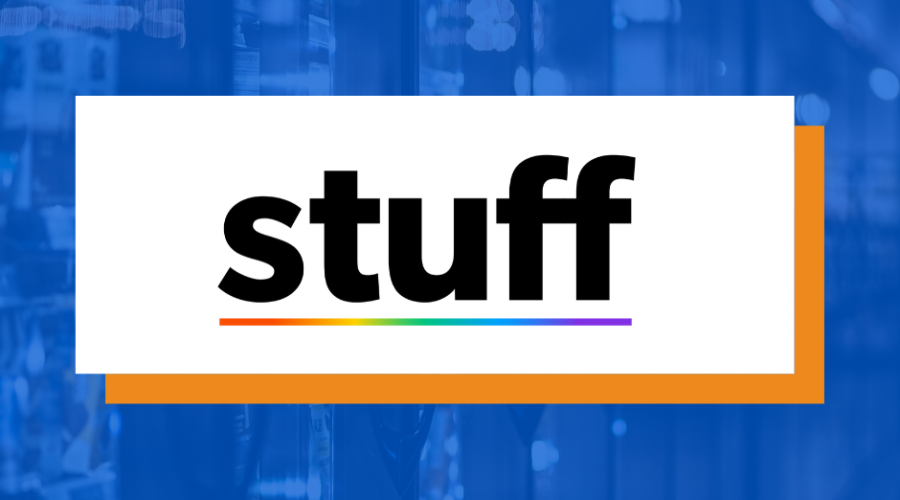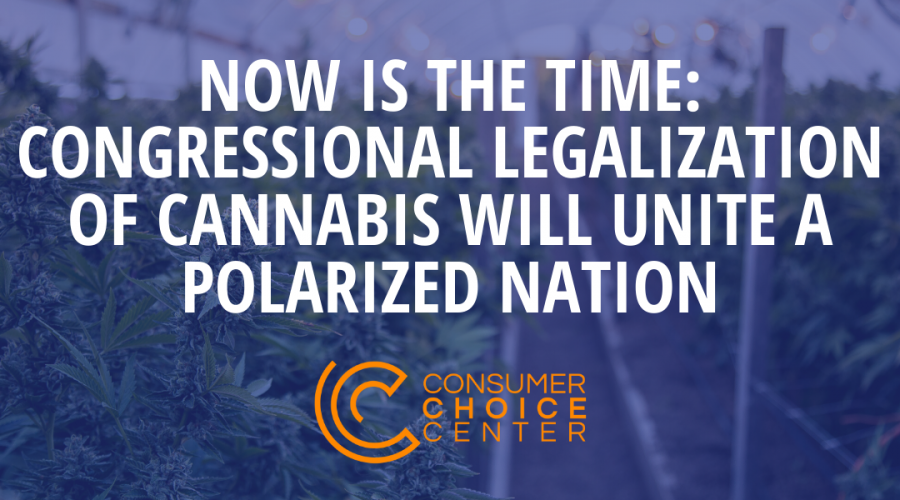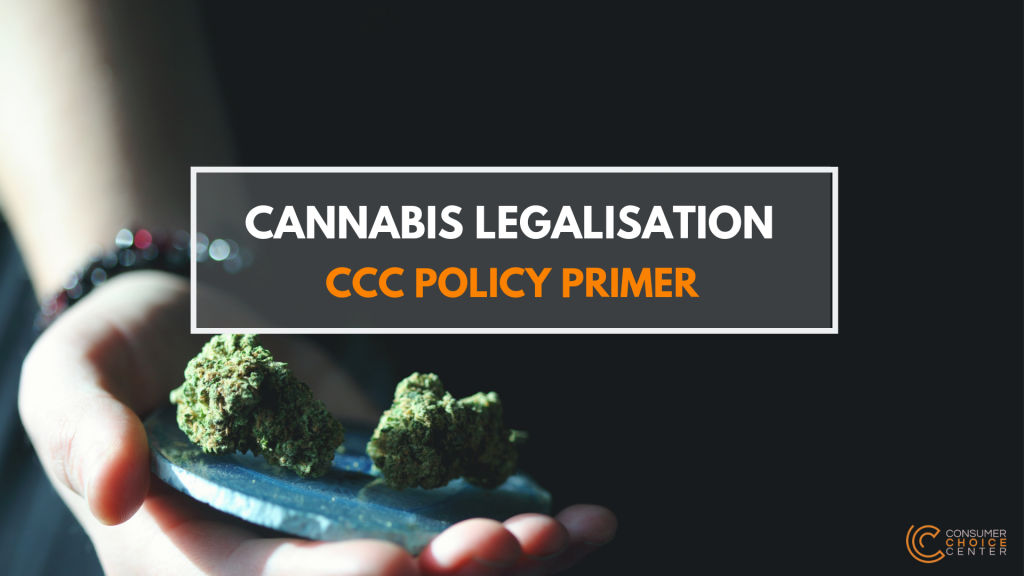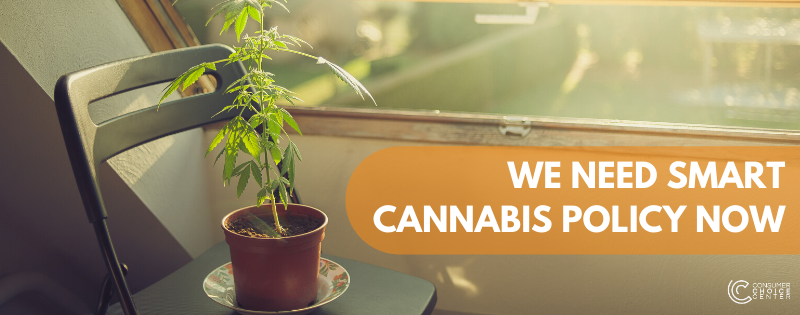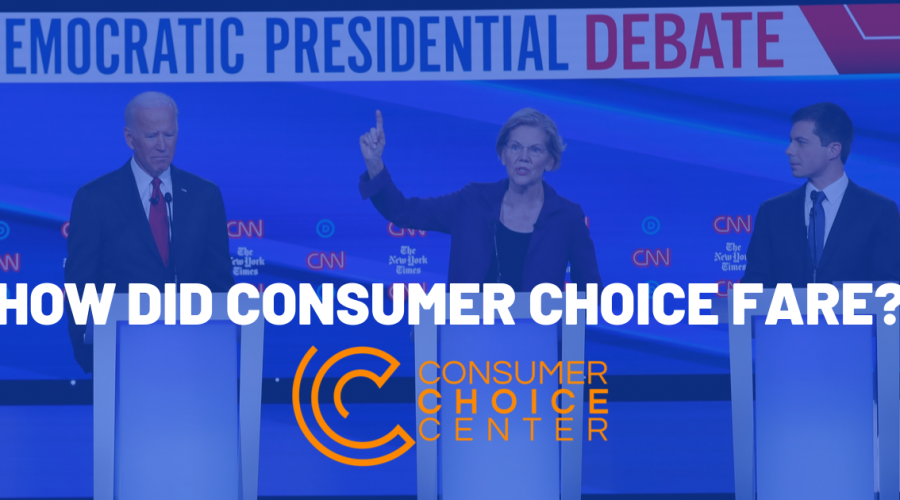What NZ can learn from Canada’s cannabis experiment
New Zealand and Canada, despite being 13,000 kilometres apart, have a lot in common. Both countries are small in terms of population, punch above their weight economically, and are politically compassionate.
If New Zealand votes to legalise cannabis in 2020, that will be one more similarity that these two Commonwealth countries will share.
The draft policy positions for New Zealand’s cannabis referendum have been released, and for the most part, they mirror what Canada has done for recreational cannabis legalisation.
As a Canadian, I can tell you that legalising cannabis is the right thing to do. I can also say that New Zealand should avoid the regulatory approach that Canada took.
There are several mistakes that Canada made which New Zealand should steer clear of replicating.
The first major one is the failure to differentiate between THC products and non-intoxicating CBD products.
The draft policy positions state that any product produced from the cannabis plant is to be considered a cannabis product. This puts CBD products that are not intoxicating on par with THC products that are.
If New Zealand is to succeed where Canada has failed in legalising cannabis, it needs to create a more consumer-friendly regulatory regime, says Clement.
Following what Canada has done fails to regulate based on a continuum of risk, and runs against the New Zealand Government’s goal of harm reduction.
If the Government cares about minimising harm, it shouldn’t regulate non-intoxicating low-risk products the same way as intoxicating psychoactive ones. Harm reduction should mean making the least harmful products more available, not less available.
The second major mistake in the draft policy positions is the ban on all cannabis advertising. This proposal takes Canada’s very paternalistic advertising laws and exceeds them.
Complete marketing and advertising bans for legal cannabis products are misguided for two reasons. The first is that they are wildly inconsistent with how New Zealand treats other age-restricted goods, such as alcohol. Alcohol has a much higher risk profile when compared to cannabis, but does not have such strict advertising rules.
The second reason is that a complete ban fails to properly understand the role marketing has in moving consumers over from the black market. Modest forms of marketing allow for the legal market to attract existing consumers, who are buying cannabis illegally, into the legal framework.
Legal cannabis accounts for only about 20 per cent of all cannabis consumed in Canada, and that is in large part because the legal industry is handcuffed by regulations that stop them attracting consumers from the black market.
For purchases, and a personal carry limit, the proposed policy is that no New Zealander be allowed to purchase more than 14g of cannabis a day, and that no-one should exceed carrying more than 14g on their person in public. This is extreme when compared to Canada’s 30g limit, and inconsistent when compared to alcohol, which has no purchase or personal limit. It is reasonable to assume that the people criminalised by this arbitrary limit will be the same who were most harmed by prohibition: the marginalised.
Lastly are the policies on potency and taxation. The Government wants to establish a THC potency limit for cannabis products, which is understandable.
That said, whatever the limit is, the Government should avoid setting it too low. If the limit is excessively low, consumers are likely to smoke more to get their desired THC amount. That runs directly against the Government’s harm reduction approach. Secondly, if the limit is too low, it creates a clear signal for black-market actors that there is a niche to fill.
It is important to keep taxation modest, so that pricing can be competitive between the legal and illegal markets. Canada’s onerous excise, sales, and regional taxes can increase the price of legal cannabis by upwards of 29 per cent.
Poor tax policy in Canada is in large part why legal cannabis can be more than 50 per cent more expensive than black-market alternatives. Incentivising consumers to stay in the black market hurts consumer safety, and cuts the Government out of tax revenue entirely.
New Zealand is on the right path regarding cannabis legalisation, but it is important that regulators learn lessons from Canada’s process. For the sake of harm reduction, and stamping out the black market, it is vital that New Zealand has a consumer-friendly regulatory regime, one that specifically avoids, and not replicates, the mistakes made in Canada.
The Consumer Choice Center is the consumer advocacy group supporting lifestyle freedom, innovation, privacy, science, and consumer choice. The main policy areas we focus on are digital, mobility, lifestyle & consumer goods, and health & science.
The CCC represents consumers in over 100 countries across the globe. We closely monitor regulatory trends in Ottawa, Washington, Brussels, Geneva and other hotspots of regulation and inform and activate consumers to fight for #ConsumerChoice. Learn more at consumerchoicecenter.org
